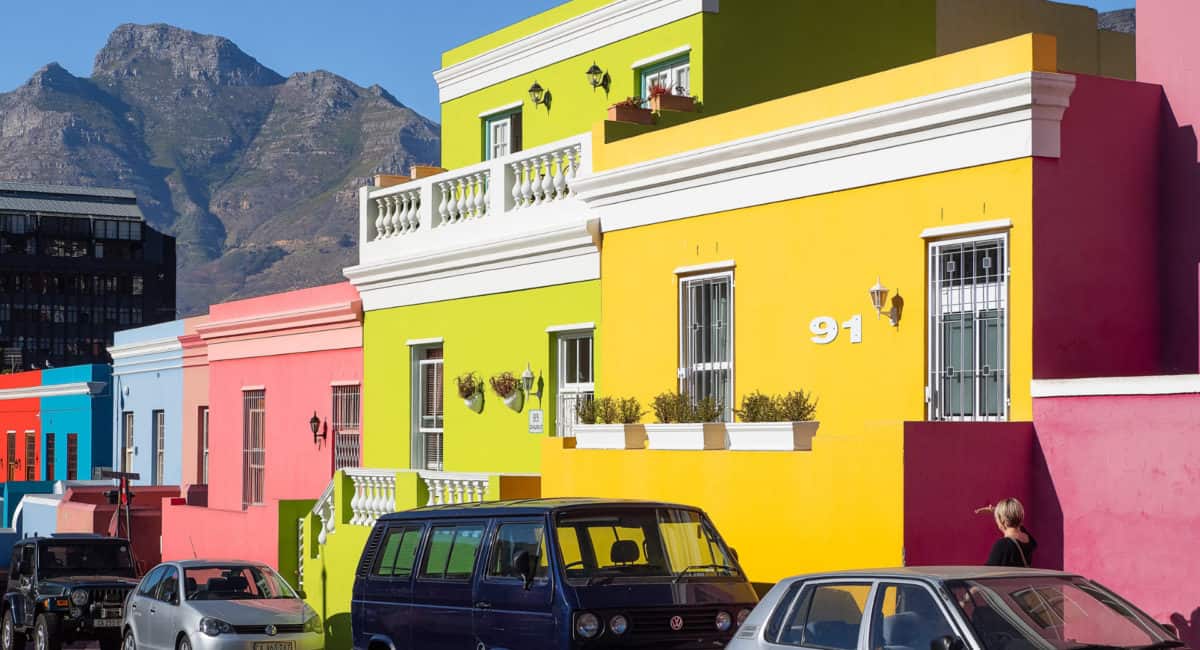The uphill battle against gentrification is not over yet and hard work lies ahead to preserve the area’s heritage. This was the view of the Bo-Kaap Civic and Ratepayers’ Association after the Minister of Arts and Culture Nathi Mthethwa on Tuesday night declared that 19 areas in Bo-Kaap would be granted heritage status. The process has entered phase one and the sites have been gazetted.
The heritage sites include several mosques, schools, homesteads and the Bo-Kaap museum. In the official gazette notice by the Arts and Culture department they said the community spirit of Bo-Kaap as described in many historical studies “has been carried through the last two centuries by generations of families residing in the area. The protection of religious, cultural and architectural heritage of the area is at the fore of the community concerns.”
Among the sites declared as national heritage sites are the Auwal masjid, Prayer Quarry, Tana Baru burial ground, The Stables Site, The Strand Street Quarry, The Wash House Quarry, The Spolander House, Schotsche Kloof and St Pauls primary schools, Buitengracht Street Wall, Vista High School, Schotsche Kloof Homestead, Stadzicht Homestead, Nural Islam Masjid, Jamia Masjid, Masjid Shafee, Masjid Boorhanol Islam, Nurul Huda Masjid and the Bo Kaap Museum.
Sadiq Toffa, a heritage practitioner representing the Bo kaap community said residents are overjoyed with the news.
“The announcement made is probably the most significant historical moment for the Bo-Kaap community in half a century and we are convinced that the declaration will shape the future direction of growth in Bo-Kaap,” he said.
According to Toffa, the declaration begins to address the omissions and oversites in previous forms of legislation.
“It is important to recognise and understand that Bo-Kaap has had heritage status for the longest time, but what is so significant about the 19 sites declared as national heritage sites is that the announcement made by the minister addresses omissions, oversight and neglect in previous forms of legislation,” he added.
As explained by the minister, the 19 sites are just phase one of a three phase programme.
“Many more sights will be declared and identified in the next phases, but what makes us proud is the sites chosen is of great importance to the Muslim community,” he stated.
When asked what the declaration entails Toffa said it does not mean that property developers cannot construct buildings in the area.
“What is significant about a national heritage declaration opposed to a local one is with the national heritage declaration there is a conservation management plan and that plan indicates what is appropriate development for the sites and surrounding areas which should guide development in a productive and sensitive way,” he said.
Manager of the built environment unit at the South African Heritage Resource Agency (SAHRA) Ben Mwasinga said the idea is not to stop development in the area but to control it.
“Like we said before the sites are protected but it really does not mean that building can’t take place. All it means is that through the declaration developers cannot destroy or build on the sites without consultation from the relative stakeholders,” he said.
Toffa added that the process to gain access to building on the sites allocated or near the sites would take some time before it is granted, and it won’t necessarily affect the residents living within the communities.
VOC






 WhatsApp us
WhatsApp us 

